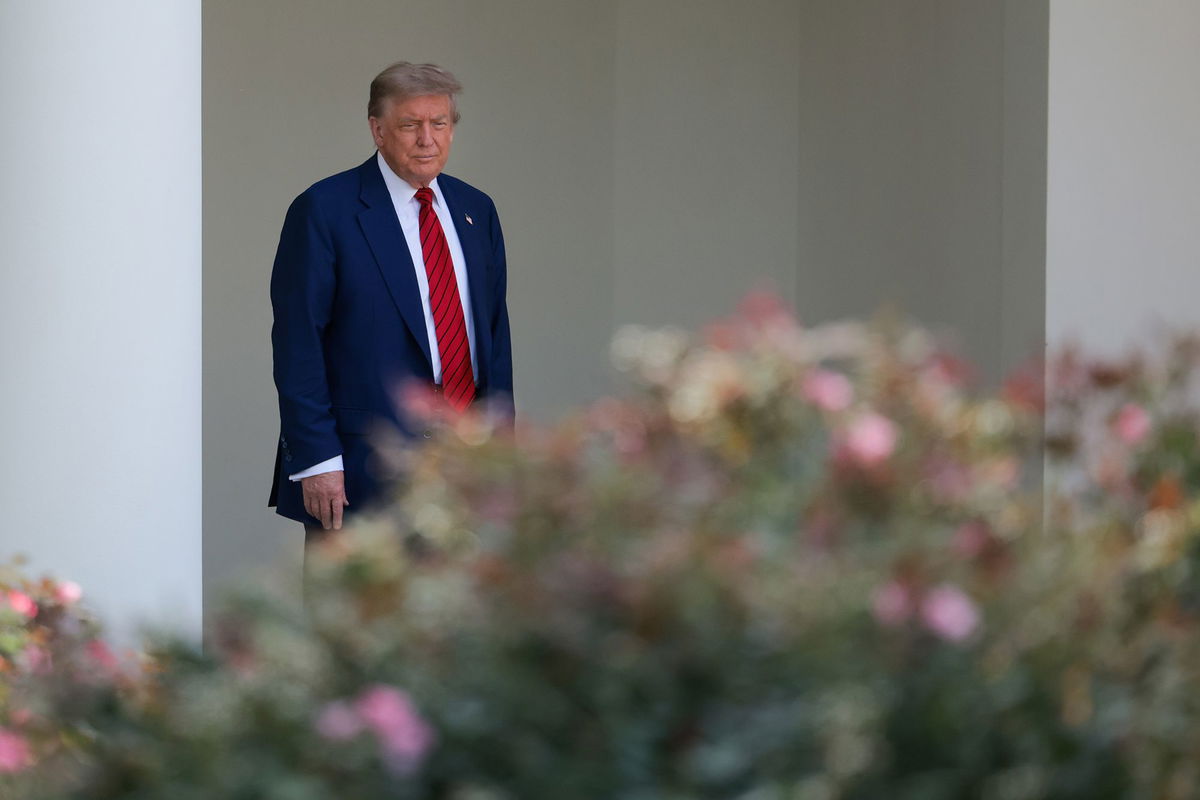Escalating Tensions: U.S. Military Action Against Iran
On a decisive Saturday, the United States escalated its conflict with Iran, marking a significant moment in geopolitical tensions. President Donald Trump ordered U.S. warplanes to drop massive bombs on three Iranian nuclear sites, a move that placed him directly into a heated Middle Eastern crisis, despite his lingering hopes for a diplomatic resolution.
The Bombing Campaign
During a brief address from the White House, Trump proclaimed the bombings a complete success, asserting that they effectively destroyed Iran’s nuclear enrichment capabilities. He emphasized the urgency of diplomatic negotiations, stating, “Iran, the bully of the Middle East, must now make peace.” The targeted sites, identified as Fordow, Natanz, and Isfahan, were seen as critical to Iran’s nuclear ambitions.
In this high-stakes operation, six B-2 bombers were deployed to drop a dozen GBU-57A/B Massive Ordnance Penetrators—commonly referred to as "bunker busters." These bombs, designed to penetrate well-protected facilities, were emphasized by military experts as vital for targeting the underground complexities of Iran’s Fordow site.
Military Success and Political Implications
Trump’s excitement about the operation was palpable. He described it as a “spectacular military success,” suggesting that the attacks would permanently cripple Iran’s nuclear aspirations. Contextually, this marked a historic moment; it was the first time a U.S. president had directly targeted major Iranian facilities in decades, reviving memories of the fallout from the Iranian revolution of 1979.
However, this bombing campaign has not been without controversy. Within Trump’s political coalition, opinions were deeply divided over the wisdom of direct military involvement. Concerns were prevalent among Republicans that such actions could further entangle the U.S. in another protracted Middle Eastern conflict.
International Reactions and Coordination
Prior to the strikes, Trump had communicated with Israeli Prime Minister Benjamin Netanyahu, underscoring the close coordination between the two nations. Netanyahu applauded the strikes, suggesting they could alter the trajectory of history, while vowing to stand behind U.S. actions. This alliance highlights the intricate connections between American and Israeli strategic interests in the region.
The U.S. strikes came shortly after a failed diplomatic meeting in Geneva, where European leaders sought to negotiate a nuclear deal with Iranian officials. Iran’s Foreign Minister indicated that Tehran would not engage further unless Israel halted its military operations, a demand Trump was not inclined to meet.
Threat of Retaliation
Amid heightened military readiness, Iran vowed to retaliate against any U.S. aggression, prompting American military assets to disperse throughout the region in anticipation of possible Iranian counteractions. Trump cautioned that any retaliation would be met with “far greater” force, illustrating the delicate balance of power and the risks involved in such military maneuvers.
Simultaneously, Trump seems hopeful that this strategic show of force may compel Iran back to the negotiating table. As tensions peaked, he reiterated the need for diplomacy, indicating a preference for resolution that doesn’t involve further military action.
Historical Context
This marked a defining moment in Trump’s presidency, intertwining military strategy with diplomatic endeavors. His longstanding opposition to Iran’s nuclear ambitions propelled him into this position, reflecting a significant pivot from prior strategies that leaned more towards negotiation.
Experts have pointed out that previous presidents, including Trump, had persisted in avoiding direct military strikes on Iran’s nuclear facilities, recognizing the potential for escalation. Yet, the collapse of diplomatic talks seems to have shifted Trump’s posture dramatically.
With dual forces of diplomacy and military action intersecting, the future of U.S.-Iran relations hangs in the balance, signaling uncertainty in both regional stability and international diplomacy.


